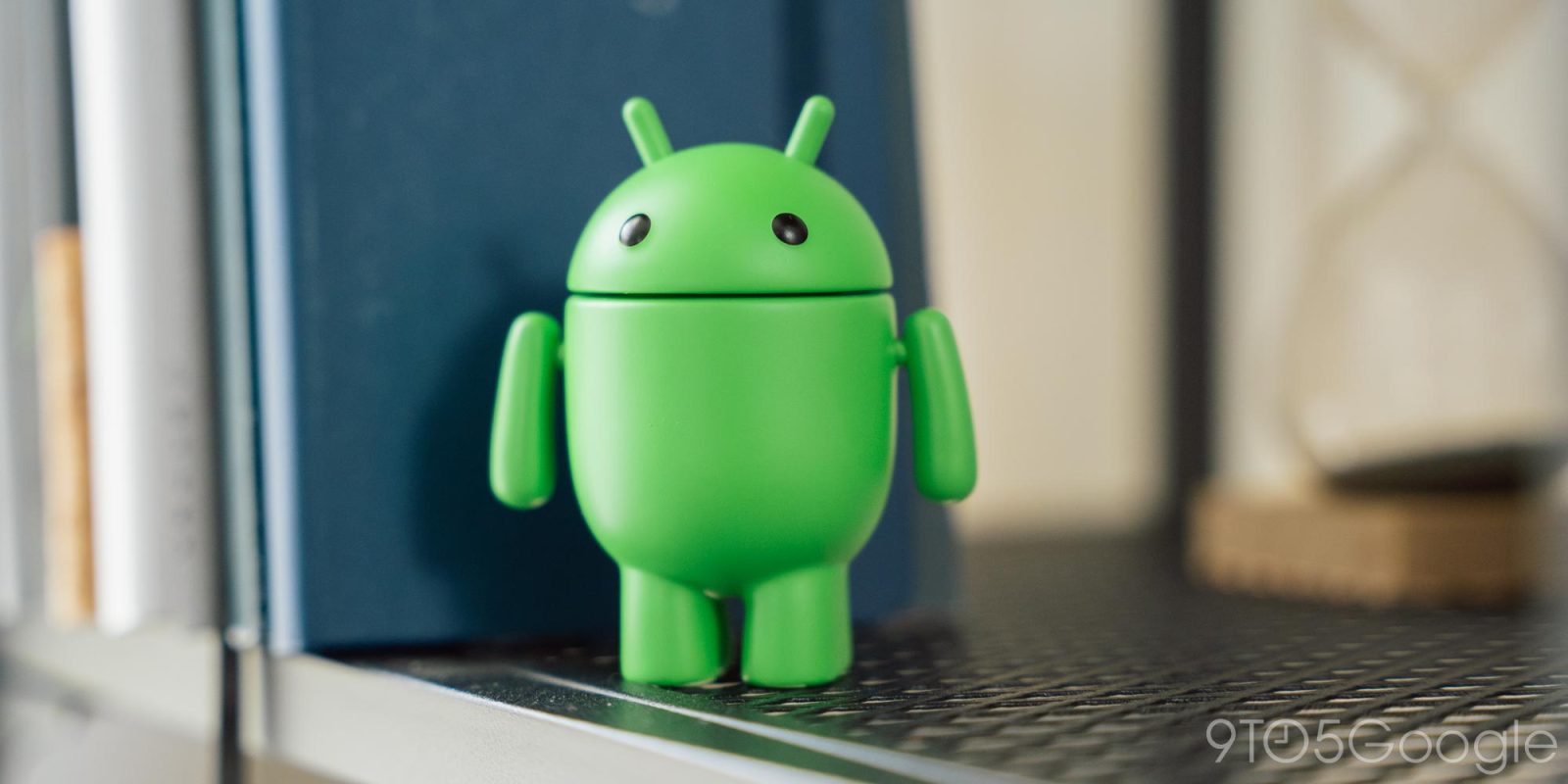
The longevity of Android updates has always been a problem, but one that’s been getting better with time. Google has, behind the scenes, introduced some big changes for Android manufacturers that will make it easier for more Android phones to offer support for up to 7 years, just like Pixel.
Google set a new industry best with the promise of 7 years of updates on its Pixel 8 series, a policy that continued with the Pixel 9 launch earlier this year, and which Samsung matched on some of its Galaxy devices. But, outside of those two brands, we haven’t seen such huge promises. That may change over time, though.
Android Authority, citing an anonymous source, reports that Google has introduced the “Longevity GRF” program which is designed to make long-term support easier to Android manufacturers.
One of the primary roadblocks for long-term software support on Android has been the chipsets themselves, as the chipmaker would often only support the chip for a few years, and Google required updated vendor software with each new Android update. Google started freezing this requirement a while back as a part of “GRF” (Google Requirements Freeze), enabling a few years of updates to be certified without a change to vendor software updates. But that only allowed for 3 years of updates before things would get complicated.
In a closed-door meeting earlier this year, Google introduced an update to this with the “Longevity GRF” program. This allows Android manufacturers to continue using that original vendor software for up to 7 Android OS updates instead of just 3 updates. However, these companies will still need to update the Linux kernel at least every 3 years. This is primarily a security focus, Android Authority says, as backporting security patches to older Linux kernels could result in more complex updates, as well as missing patches altogether.
It’s also pointed out that, while this will allow for longer Android updates, it may result in some devices missing features, as updates to vendor software will be required for some new Android features. Examples given include Android 12’s 2G toggle and Android 13’s flashlight brightness API, both of which would need a vendor software update to work even if the needed Android update has been installed.
Qualcomm’s new Snapdragon 8 Elite chip is apparently the first chip supported in the “Longevity GRF” program, though Google, nor its partners, have yet to make any public announcements regarding any of this.
More on Android:
- What’s new in the October 2024 Google System Updates
- Snapdragon 8 Elite has Oryon CPU for notable performance and efficiency gains
- Have Android updates gotten more confusing?
Follow Ben: Twitter/X, Threads, Bluesky, and Instagram
FTC: We use income earning auto affiliate links. More.




Comments